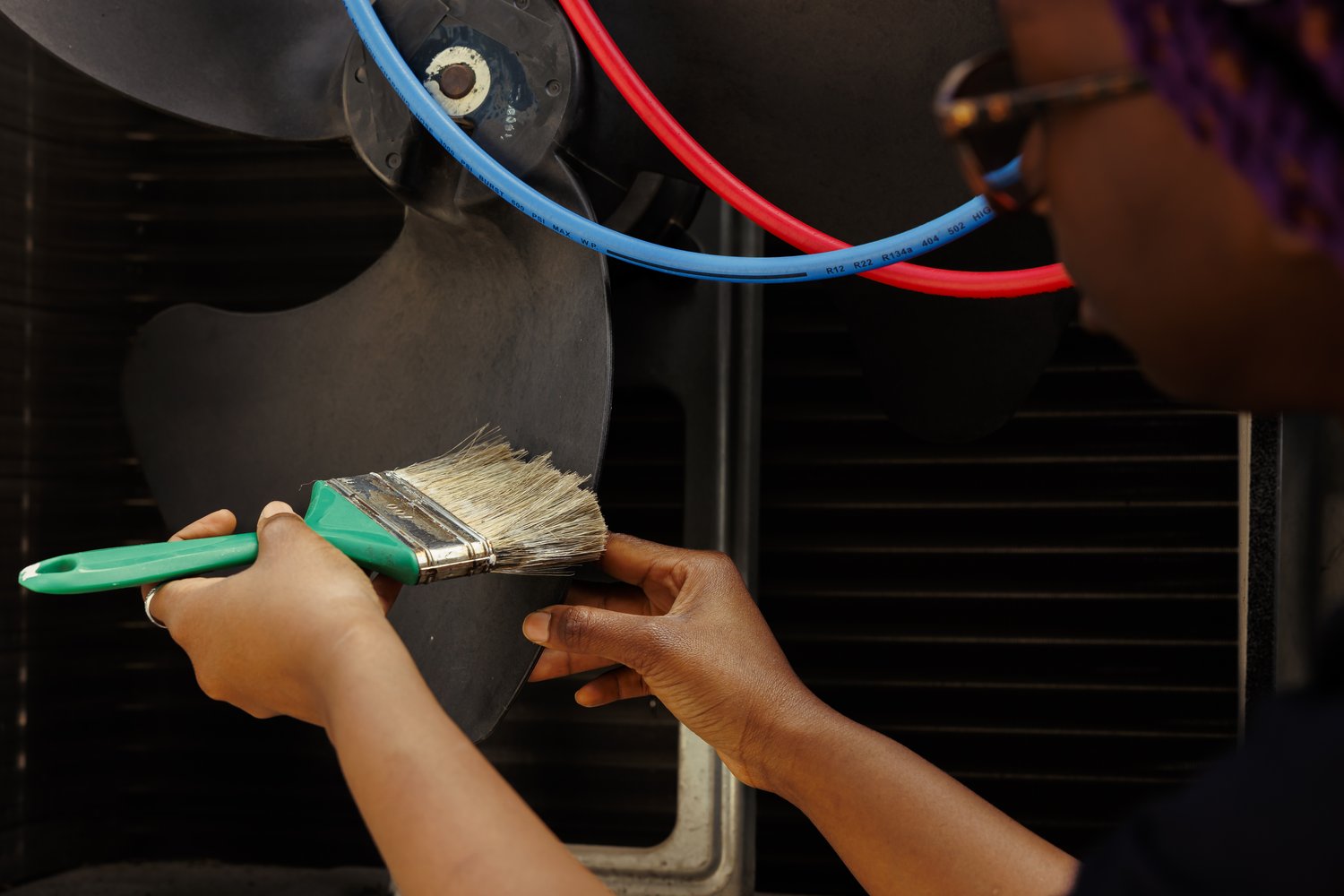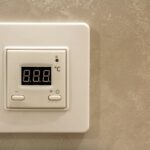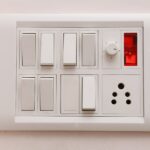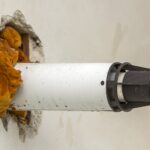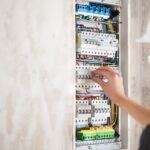Your air conditioner is supposed to be your refuge from the oppressive heat, but what happens when it suddenly stops cooling your home effectively? This common issue can leave you sweating and scrambling for quick solutions. Fortunately, there are several DIY steps you can take to diagnose and potentially resolve these problems without immediate professional help.
- Common Reasons for Air Conditioner Not Cooling: Discover some of the most frequent issues that can cause your AC to falter, and how you can tackle them.
- Checking Air Filters and Clear Airflow: Dirty air filters might be the silent culprit hindering your AC’s performance; learn how to maintain proper airflow.
- Examining Thermostat Settings and Electrical Connections: Proper thermostat settings and secure electrical connections might hold the key to restoring your cool comfort.
- Inspecting Refrigerant Levels and Outdoor Unit Conditions: Low refrigerant or a clogged outdoor unit can be problematic—understand when it’s time to seek professional assistance.
By venturing into these DIY diagnosis steps, you might just restore the cooling efficiency of your unit before needing to make a service call. Dive deeper into the article to explore solutions that might just save you both time and money!
Common Reasons for Air Conditioner Not Cooling: DIY Diagnosis Steps
When your air conditioner is not cooling effectively, it can be both frustrating and uncomfortable, especially during the hot months. Before immediately calling in a professional, there are several common reasons for an air conditioner’s failure you can check yourself.
By learning some simple DIY diagnosis steps, you can identify issues that might be causing your air conditioner to underperform. These issues might be related to airflow obstruction, thermostat settings, electrical malfunctions, or refrigerant levels.
Exploring these frequent causes empowers you to troubleshoot efficiently. Addressing these problems yourself could save considerable time and money, restoring your home’s comfortable climate in no time.
Checking Air Filters and Clear Airflow
Dirty or clogged air filters are one of the most common reasons for an air conditioner not cooling as expected. Over time, dust and debris accumulate, obstructing airflow and reducing your unit’s efficiency.
Begin by locating your air filter. It’s usually positioned in either the return air duct or inside the blower compartment. Carefully remove the filter and inspect it for dirt buildup. If you notice excessive dust or are unable to see through it, it’s time for a cleaning or replacement.
For cleaning, rinse the filter gently with water, letting it dry completely before reinserting it. If the filter is too dirty or damaged, replacing it is a better option. Regularly maintaining clean air filters ensures unrestricted airflow and optimal cooling performance, especially during peak seasons.
Examining Thermostat Settings and Electrical Connections
When your air conditioner is not cooling effectively, one of the first aspects to check is the thermostat settings. It’s crucial to ensure that the thermostat is set to ‘cool’ mode and the temperature is lower than the current room temperature.
Modern thermostats may have advanced features like programmable settings or Wi-Fi capabilities. Make sure these features are correctly configured. A quick restart of the thermostat can sometimes resolve minor glitches that affect performance.
Equally important is to verify the integrity of electrical connections. Loose or corroded wires can lead to interruptions in power delivery, which will impact the efficiency of your air conditioning unit. Safely inspect the main power supply and connections to the thermostat, ensuring all are secure and correctly connected.
If you’re unsure how to handle electrical components, it’s wise to consult a professional, as incorrect handling can cause damage or pose safety risks. A proper examination of these elements might just solve your cooling problems without needing extensive repairs.
Inspecting Refrigerant Levels and Outdoor Unit Conditions
A common reason for an air conditioner not cooling efficiently is low refrigerant levels. Refrigerant is the substance responsible for cooling the air inside your home. If the levels are insufficient, the system cannot function optimally, which can often lead to warmer indoor temperatures.
Inspecting refrigerant levels is not typically a DIY task, as it requires special equipment and expertise. However, signs of low refrigerant include unusual noises and excessive compressor cycling. If you suspect this issue, it’s best to contact a qualified technician to recharge the system safely.
Additionally, the condition of the outdoor unit plays a significant role in cooling efficiency. Ensure the condenser unit is free from debris, such as leaves and dirt, which can block airflow and reduce performance. Cleaning around the unit and trimming nearby vegetation can improve airflow and efficiency.
While routine exterior maintenance can be handled independently, any internal inspection and cleaning of the outdoor unit should be conducted by professionals to avoid damage or injury. Addressing these factors is essential in maintaining your air conditioner’s optimal cooling capabilities.
Frequently Asked Questions: Troubleshooting Your Air Conditioner
Why is my air conditioner running but not cooling?
Common reasons include clogged air filters, incorrect thermostat settings, or low refrigerant levels.
How often should I clean or replace my air filters?
Check filters every month and clean or replace them every 1-3 months, depending on use and conditions.
Can thermostat settings affect my cooling?
Yes, ensure the thermostat is set to ‘cool’ and the desired temperature is lower than the room temperature.
What should I check if my outdoor AC unit is not working?
Inspect the unit for debris blockage and ensure power connections are secure.
How can I tell if my refrigerant levels are low?
Signs include warm air from vents, ice on outdoor unit, and hissing noises. Professional assessment is recommended.
When should I call a professional?
If basic troubleshooting doesn’t resolve the issue or you notice refrigerant problems, contact a technician.

